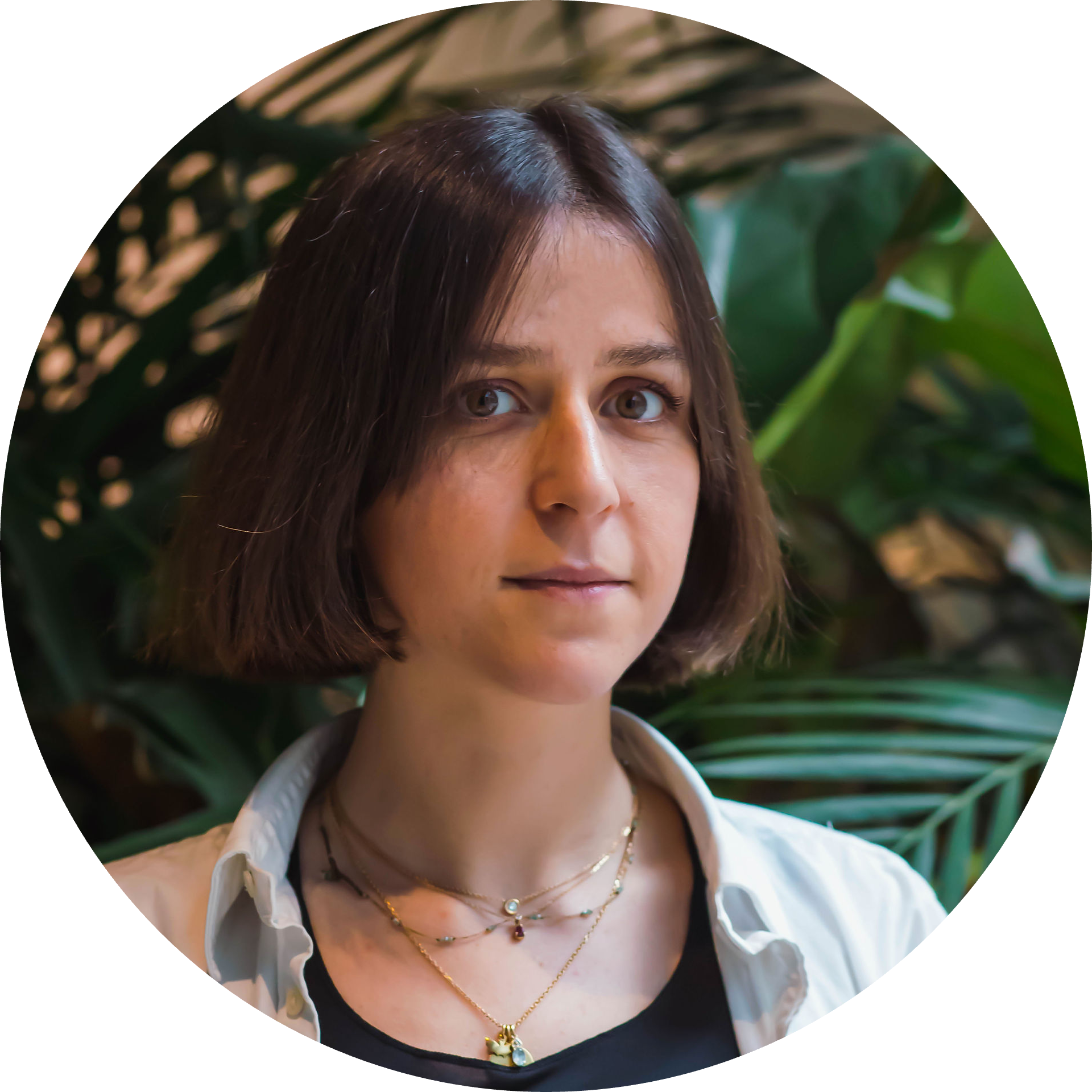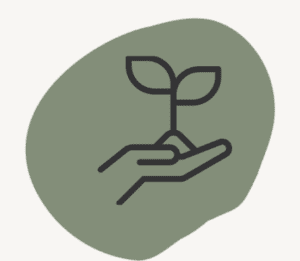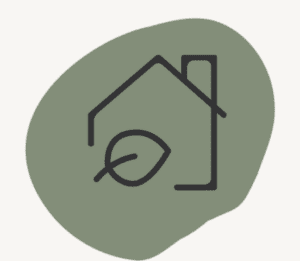Here at isla we think it’s important to practise what we preach, so in this series we take a deeper dive into what sustainability really looks like on the ground for members of the isla team. This week we hear from new isla Climate Strategist, Rebecca Lardeur.

Sustainability loves
Food: I think my summer go-to this year is going to be pan con tomate – and currently, I am testing out different things I can do with the leftover tomato skins.
Drink: I love water. Very much. If I have some mint, berries or lemon, I might add some to it!
Fashion: I buy second hand, whether apps or charity shops – and some vintage gems from my mum’s closet.
Product/Service: I love a good book – constant learning is important to me, and as an added bonus, it is some time away from screens.
Location: My local park – Clissold, which I love.
Quote: I’m not sure if there is any quote in particular, but I do love idioms. When it comes to sustainability, I especially like to remind myself that ‘not everything is black and white’.
Resource: I am a big fan of newsletters. Either from universities’ science programs or from respected newspapers. If I had to pick one, it would be Yale E360.
How do you ‘do’ sustainability in your own life?
I like to focus on sustainability at work to have some boundaries between private and public life, which helps with climate anxiety and mental health. I do apply my knowledge in most decisions – especially when it comes to food, fashion and travel.
Are they any local sustainability initiatives that you’re excited about/have engaged with?
I know my local tree officers quite well, and in the summer months, I water a few of the trees in my street to help! Street trees dying because of a lack of water is actually a serious problem in London that deserves more attention. For environmental benefits to kick in, we need trees to be at least 30 years old, but currently, the average street tree in London is about 10 years old – with the #1 cause of death estimated to be due to lack of water. I could speak about this for hours…
How do you connect to the natural environment?
Focusing on the senses – sight –360 degrees, touch – the different textures around me, smell – when walking around, taste – the local food and hearing – with no headphones on!
What one event that you attended really impressed you in terms of sustainability credentials and why?
I went to a Tanabata festival in Hiratsuka, Japan, in 2017, where street food stalls were everywhere for kilometres. Tens of thousands of people, tonnes of food and single-use packaging for all. Absolutely not one thing on the street. It was so clean. I felt an overwhelming sense of care and respect for objects and materiality. The relationships between cultures and materials are of special interest to me – this festival gave me a lot of food for thought that I still reflect on regularly. And the food was local, in season, and so yummy!
What was your biggest aha moment when it came to climate change/the environment?
How Bad Are Bananas from Mike Berners Lee really helped me grasp carbon footprint when I studied in university! Also helped me think in terms of proportions and be quick on my feet. A very well spent £10.
Tell us something unusual about your sustainability journey
I come from a family of makers and creatives, so grasping materials and creative processes are somewhat quite natural to me; I spent my childhood running through workshops and backstages. I have always held a lot of respect for material things as I am very aware of what it means to make the object or thing you have in front of you. And this knowledge helps me understand the complexity of manufacturing and supply chains very well!
What’s on your sustainability to-do list?
Learning and challenging assumptions. Having a practical and creative scientific hat on.
Read more:
My Sustainability Story: Emily Shephard
Our latest news













